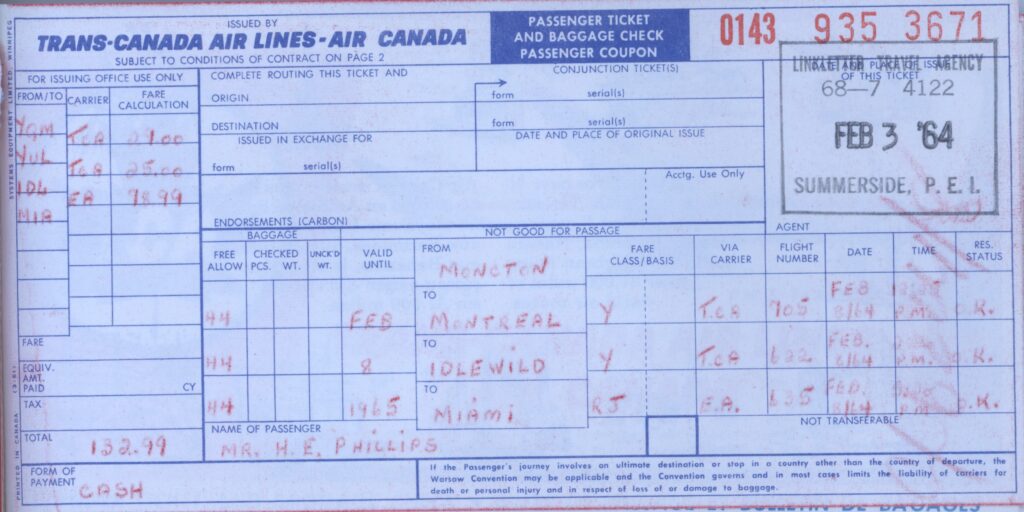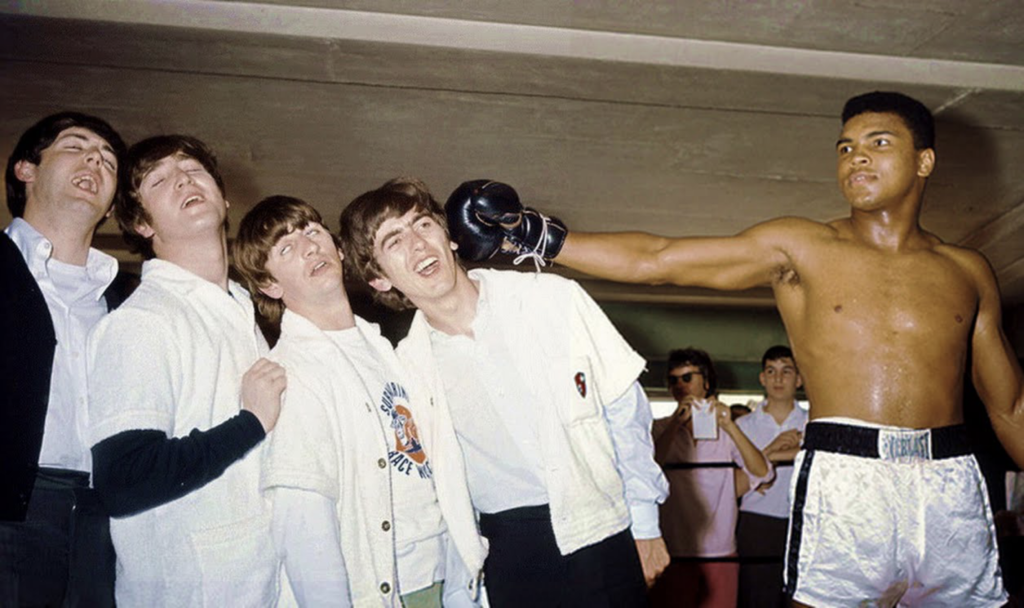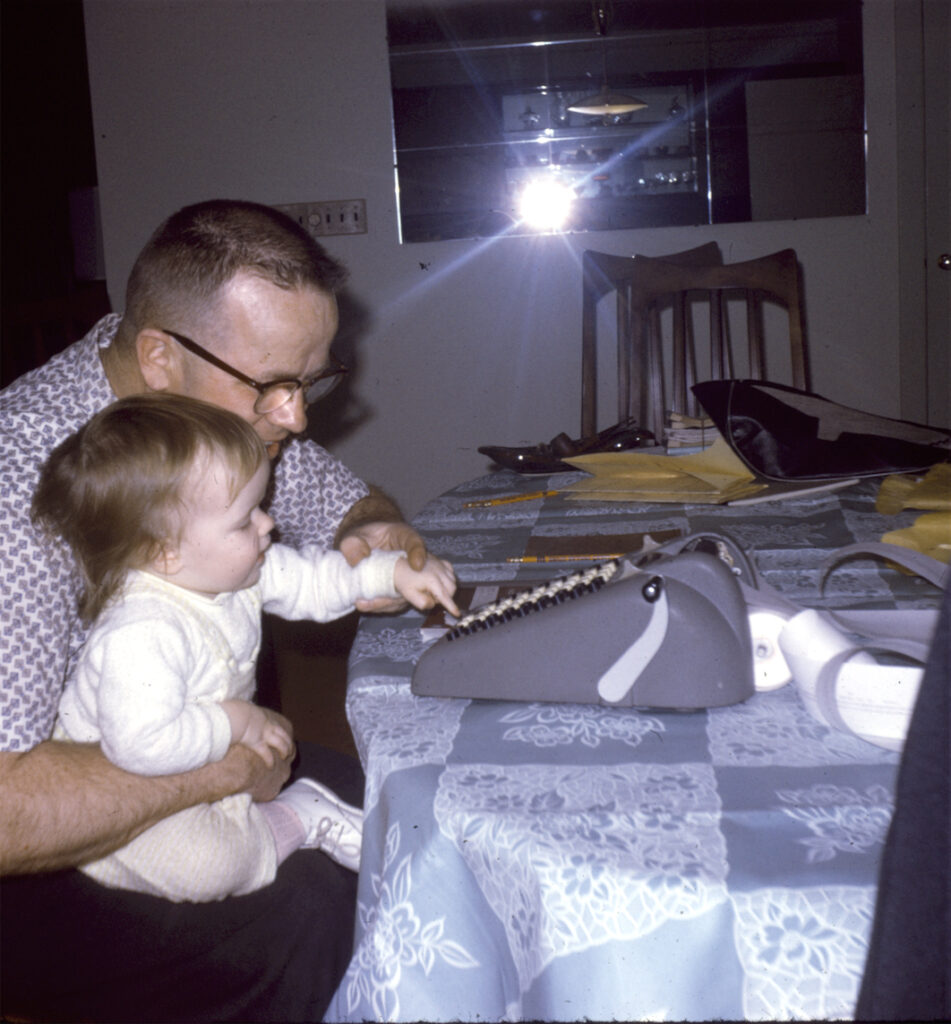60 years ago tonight, Cassius Clay beat world heavyweight boxing champion Sonny Liston at a match in Miami Beach. Soon after that fight, Clay would take the name Cassius X and then Muhammad Ali.
A few days earlier, the Beatles returned to England after a successful short tour of the US, the start of Beatlemania on this continent. They appeared three times on The Ed Sullivan Show, the biggest variety program on American television, watched by tens of millions each week. Their second appearance was broadcast live from Miami Beach on February 16.
It just so happened that my parents, Harold and Vivian, took their first vacation to Florida in February 1964 and were in Miami Beach on February 16. They were both 41 and had been married for 19 years. They had worked hard to build up their general store business, so were overdue some fun and relaxation. They travelled with my mother’s cousin and her husband. By all accounts, they all had a marvellous time soaking up the sun and seeing the sights of Miami and Daytona.


My father lugged his 8mm Kodak film camera with him, taking plenty of shots of palm trees, orange groves, alligators and swimming pools. He took some footage of BOAC and KLM airplanes outside a terminal somewhere along their Summerside>Moncton>Montreal>NYC>Miami route.

Their handwritten tickets listed their NY airport as IDL for Idlewild, except Idlewild had been renamed JFK in December 1963 just after the assassination of the US president, but obviously the change had been recent enough that no one was used to it.


One day, the four travellers hopped in their rented convertible and drove around the Miami area, my father aiming his camera at the passing buildings and advertising banner towing planes. When we watched this reel when I was a child, this short sequence would just slip by, but when I had the film digitized, I was able to pause it and have a better look, and quickly fell down a rabbit hole of early 1960s popular culture.
I knew who Mitzi Gaynor was from her movie roles and appearances on television variety shows when I was a child. I looked up the Hotel Deauville and learned it was where the Beatles had stayed in Miami and where their second Ed Sullivan appearance had been recorded, a show that also included Gaynor. Then I read about Sonny Liston’s training camp in Surfside, just north of Miami Beach, and of him appearing on the Ed Sullivan show the same night as the Beatles, and the Beatles also meeting Cassius Clay and posing for a famous photo, and the February 25 boxing match. So much was going on!

I’ve done a few presentations about my father’s film footage to local groups and have used this little clip to encourage people to look at their own photos and videos and to save, document and share what they have. It might take many years before something becomes important or interesting, but if you haven’t saved it, you’ll never know.
What my father filmed isn’t as important as footage of the Beatles or Liston or Ali or even Mitzi Gaynor would be, certainly, but he did capture a few seconds of a time in US history when the country was still trying to come to terms with the assassination of their president only three months earlier, square old Ed Sullivan was kicking off Beatlemania using the huge influence of his television program, and Clay/Ali was on his way to becoming an important sports star as well as a towering figure in the black power, civil rights and anti-Vietnam war movements.
What do you have in that cardboard box in your attic or closet? Nothing much? Look again.












